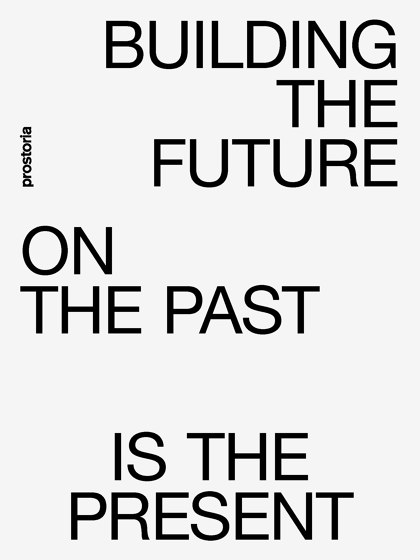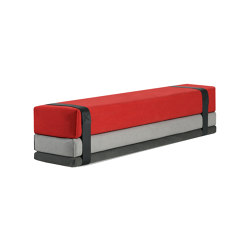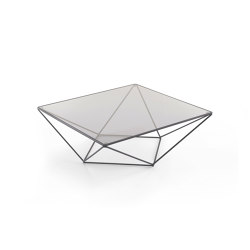Bavul bench and bed
Benches from Prostoria, Designed by Lea Aviani
Product description
Concept
More about this product
Also available in 1 other variant
Downloads
Manufacturer’s Catalogues
Related Projects
Contact information
Address
Pustodol Začretski 19G, 49223 Sv. Križ Začretje Croatia
Download the latest catalogues

BUILDING THE FUTURE ON THE PAST IS THE PRESENT
2024
Get more information
Sign in to your Architonic account to have your contact details filled out automatically for each request.
Where to buy this product

More from
ProstoriaContact information
Address
Pustodol Začretski 19G, 49223 Sv. Križ Začretje Croatia
Where to buy this product


